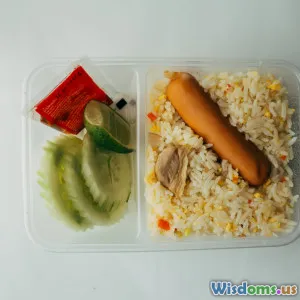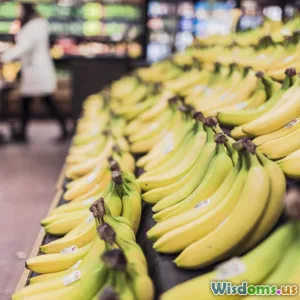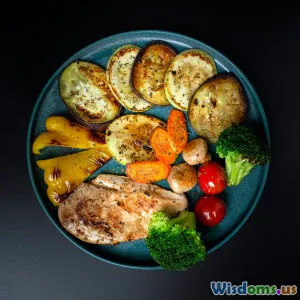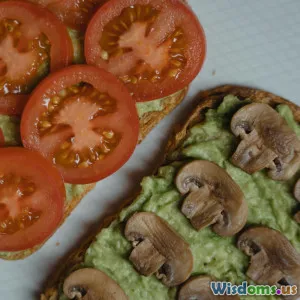
Vegan Meal Planning for Busy Beginners
17 min read Beginner-friendly vegan meal planning tips for busy schedules with sample menus, shopping strategies, and time-saving hacks. (0 Reviews)
Vegan Meal Planning for Busy Beginners
Adopting a vegan lifestyle promises benefits for your health, the planet, and animals, but it needn't mean endless hours in the kitchen or searching for hard-to-find ingredients. With strategic planning, even the busiest individuals can enjoy balanced, flavorful, and affordable vegan meals each day. Let’s explore actionable strategies designed for vegan meal planning, even if you’re completely new to plant-based eating.
Understanding Vegan Nutrition Essentials
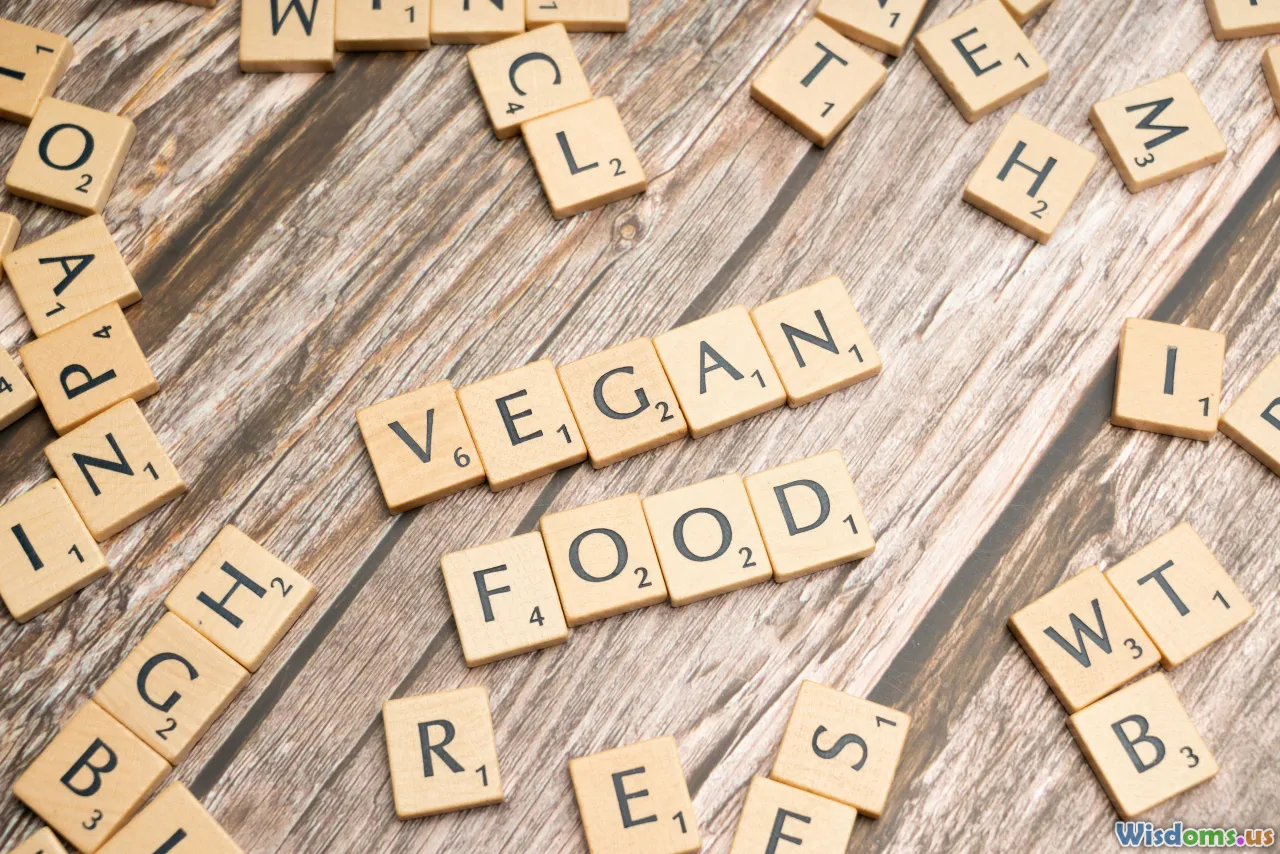
One of the most common concerns for beginners is whether a vegan diet provides adequate nutrition. The answer is yes—provided you pay attention to some essentials.
Macronutrients: Fuel Up Right
Vegan diets are naturally rich in complex carbohydrates and fiber. Think brown rice, lentils, sweet potatoes, and quinoa. To avoid feeling sluggish, ensure each meal contains sound sources of protein (like tempeh, tofu, legumes), carbohydrates (grains, starchy vegetables), and healthy fats (avocados, nuts, seeds, olive oil).
| Macronutrient | Easy Vegan Sources |
|---|---|
| Protein | Lentils, tofu, tempeh, seitan, beans |
| Carbohydrates | Quinoa, brown rice, oats, potatoes |
| Fats | Avocado, almonds, chia seeds, olives |
Key Micronutrients & How to Include Them
- Vitamin B12: Not found in plants; opt for fortified plant milks, breakfast cereals, or a supplement.
- Iron: Lentils, chickpeas, spinach; absorption improves with vitamin C-rich foods like bell peppers or oranges.
- Calcium: Calcium-set tofu, fortified non-dairy milk, broccoli, tahini.
- Omega-3s: Flaxseeds, chia seeds, walnuts.
Pro tip: Mix vitamin C foods with iron sources (lemon juice on greens, salsa with beans) to make vegetal iron more absorbable.
Time-Saving Pantry Staples
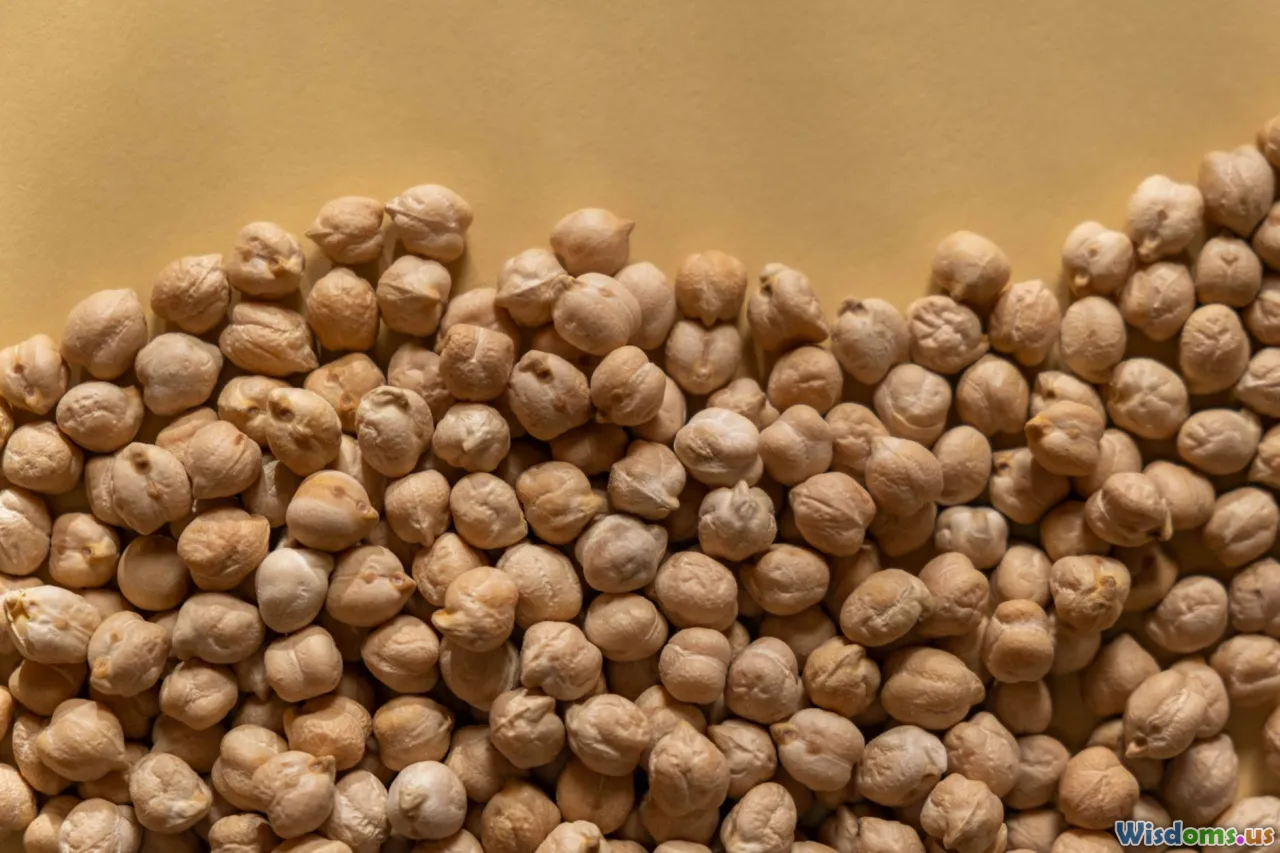
Stocks of well-chosen staples can make all the difference between quick meals and giving up on your vegan journey. Here are pantry and freezer must-haves:
Non-Perishable Pantry Basics:
- Dried or canned beans and chickpeas
- Brown rice, quinoa, oats
- Nut butters (peanut, almond)
- Lentils, split peas
- Pasta (whole wheat, lentil-based)
- Canned tomatoes and coconut milk
Refrigerator & Freezer Hits:
- Tofu and tempeh
- Plant-based milk (keep shelf-stable options handy)
- Frozen vegetables and fruit (e.g., peas, berries, spinach)
- Wholemeal pita or tortillas for quick wraps
With these staples, throwing together chili, stir-fry, overnight oats, or smoothies becomes a five-minute affair.
Smart Meal Prepping for Tight Schedules
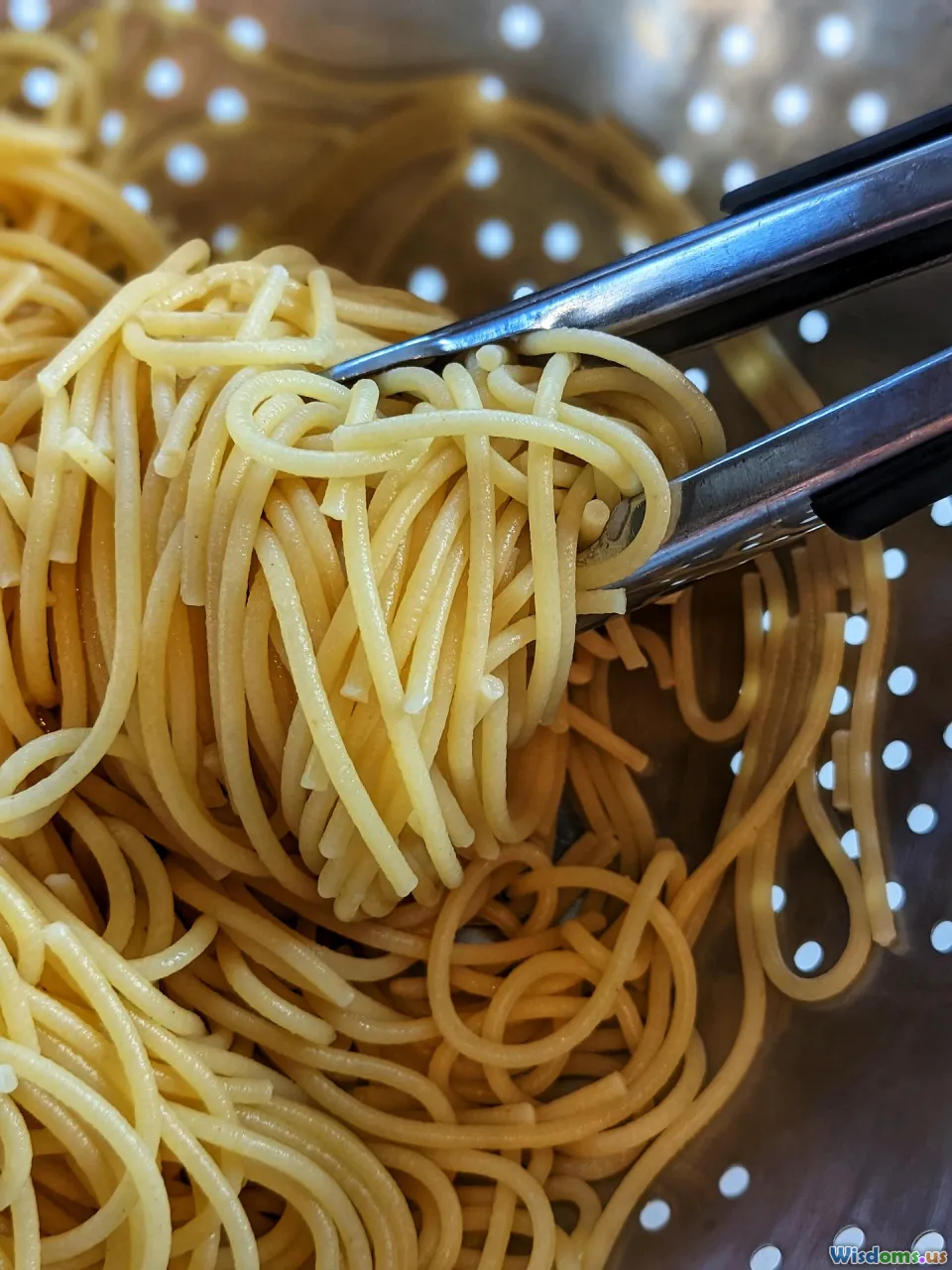
You don’t need an entire Sunday to meal-prep successfully; compact, recurring routines work wonders. Here’s a straightforward plan for meal prepping, even with minimal free time:
1. Batch Cook Ingredients, Not Just Meals
Instead of laboring over full recipes, focus on prepping basic components in advance:
- Grains: Cook big batches of rice or quinoa; cool and refrigerate.
- Legumes: Simmer beans or lentils; portion into containers for salads or soups.
- Roasted Veggies: Oven-roast a tray of mixed vegetables with olive oil and herbs; use in bowls, wraps, or pita pockets.
2. Make-ahead Proteins
Baked marinated tofu, vegan burger patties, or chickpea "tuna" salad last several days and diversify lunches or dinners. For example, a block of baked tofu can go from Buddha bowl topping to sandwich filling.
3. Easy-Grab Breakfasts and Snacks
- Overnight oats (rolled oats + plant milk + fruit + nuts)—ready in the fridge next morning.
- Energy bites (dates, oats, cocoa powder, nut butter)—toss together and keep in the freezer.
Getting into a rhythm ensures there’s always at least one homemade, healthy vegan option ready during busy weeks.
Building Simple Yet Tasty Meals
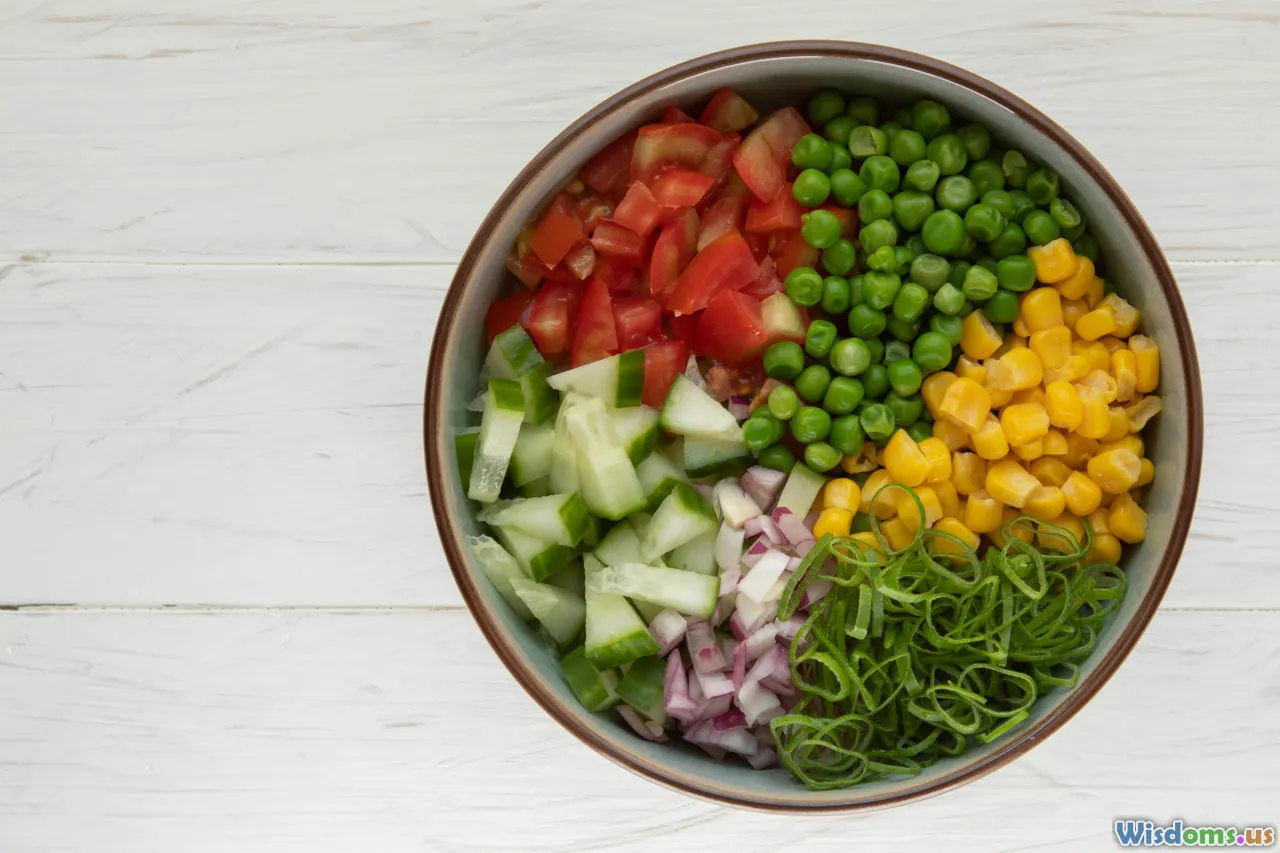
Classic chefs agree: simplicity is the soul of great food. For beginners, aiming for simple compositions prevents overwhelm. Here are formulas anyone can apply:
The "Power Bowl" Blueprint
Layer your favorite cooked grain, a pile of veggies (raw or roasted), a serving of protein (like canned beans or tofu), and a zesty sauce. For example:
- Base: Brown rice
- Veggies: Roasted broccoli and carrots
- Protein: Baked BBQ tempeh
- Sauce: Tahini-lemon drizzle
This structure streamlines grocery lists, meal prep, and daily decisions.
One-pan Wonders
- Sheet Pan Mediterranean Vegetables: Chop zucchini, bell pepper, red onion, and chickpeas. Roast with olive oil and seasoning. Serve over couscous.
- Stir-Fried Rice: Sauté leftover rice with spinach, edamame, onion, and a splash of soy sauce.
One-pot or sheet-style cooking reduces dishes and maximizes flavor.
Grocery Shopping Tips: Maximizing Value and Minimizing Time

Mastering the grocery store is key for busy vegans and budget-conscious beginners. Here are practical tips to save time, money, and food waste:
- Stick to a Plan: Create a weekly menu with three main meal templates (like pasta, rice bowls, and wraps), then buy versatile ingredients that work in several contexts.
- Buy in Bulk: Lentils, beans, rice, oats, nuts, and seeds are cheap by the pound and stay fresh in air-tight containers.
- Seasonal and Frozen: Opt for in-season produce for the best price and flavor; lean on frozen vegetables for stir-fries and soups (just as nutritious as fresh!).
- Name-Brand Alternatives: Choose store-brand plant milks, grains, or canned goods—often less expensive and equally nutritious.
- Read Labels: Watch for hidden dairy or animal-derived ingredients (like casein or gelatin).
Sample $40 weekly vegan grocery list for one:
- Brown rice, rolled oats
- Canned black beans, chickpeas
- Tofu block
- Frozen mixed veggies
- Sweet potatoes
- Broccoli, spinach
- Plant-based milk
- Apples or bananas
- Hummus or nut butter
Cruising Through the Work Week: Vegan on the Go
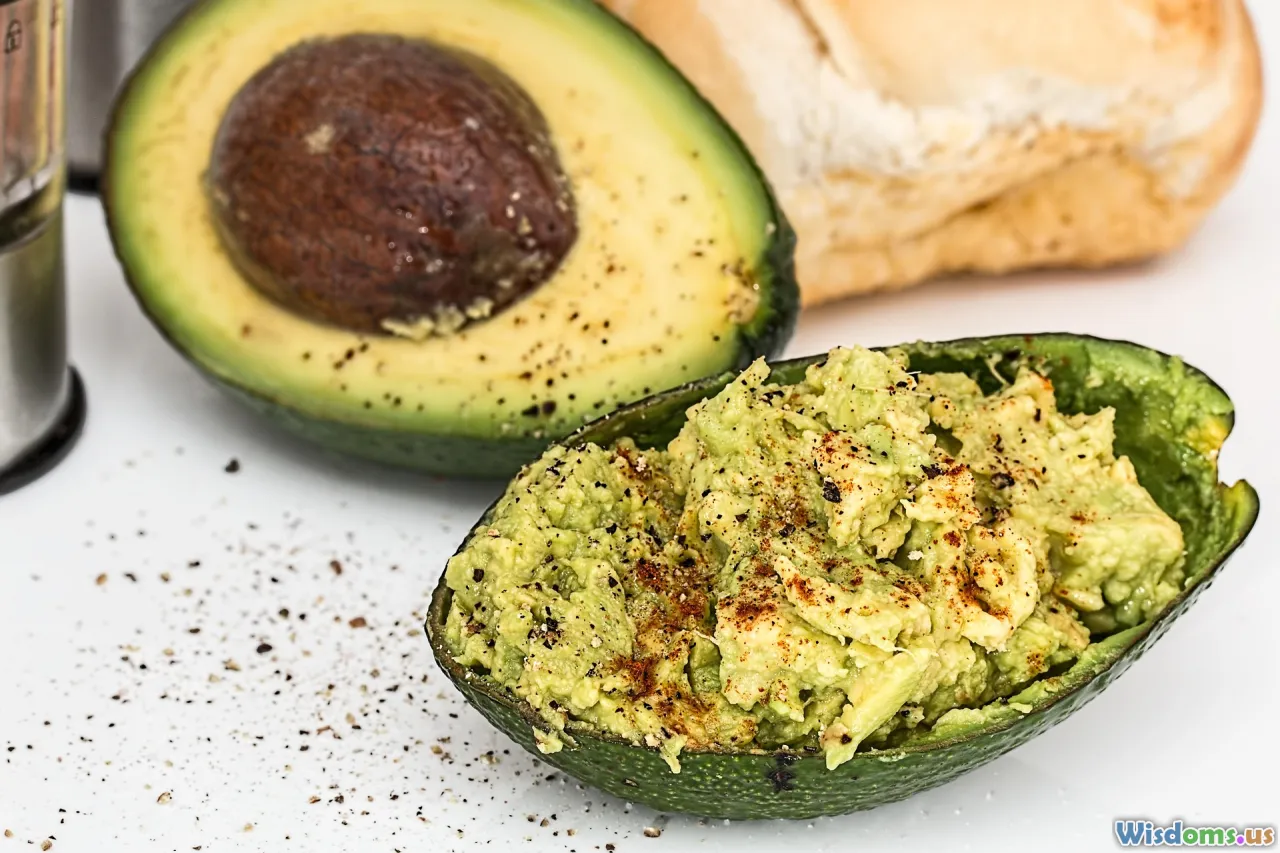
A hectic schedule often means eating away from home. Preparation, not perfection, is vital.
Portable Options For Office, Campus, or Travel:
- DIY Lunch Packs: Grain + Protein Salad (quinoa, chickpeas, chopped veggies, olive oil vinaigrette) packs well.
- Wraps & Sandwiches: Wholegrain wrap with hummus, lettuce, shredded carrots, leftover roasted potatoes, and avocado.
- Leftover Magic: Extra dinners easily transform into next-day lunches, cutting back time and stress.
Simple Snacks to Prepare in Bulk:
- Trail mix (nuts, pumpkin seeds, cranberries)
- Sliced apples + nut butter
- Rice cakes with mashed white beans and hot sauce
Carry a small insulated lunch bag for turn-key, satisfying meals wherever you are.
Easy Weekly Meal Plan for Starters

Here’s a practical vegan meal plan template to kickstart your week without feeling repetitive or overwhelmed:
DAY 1:
- Breakfast: Overnight oats with almond milk, chia seeds, crushed berries.
- Lunch: Burrito bowl (brown rice, black beans, corn, avocado, salsa)
- Dinner: Red lentil curry with broccoli over quinoa
- Snack: Apple slices with peanut butter
DAY 2:
- Breakfast: Smoothie (spinach, frozen mango, flaxseed, oat milk)
- Lunch: Chickpea salad wrap with leafy greens
- Dinner: Stir-fried tofu, rainbow bell peppers, and snap peas over rice noodles
- Snack: Homemade energy bites
DAY 3:
- Breakfast: PB&J toast on whole wheat bread
- Lunch: Roasted veggie bowl with tahini drizzle
- Dinner: Lentil and sweet potato stew
- Snack: Hummus with carrot sticks
DAY 4:
- Breakfast: Fruit and granola parfait (soy yogurt + banana + nuts)
- Lunch: Leftover lentil stew
- Dinner: Mushroom and spinach pasta
- Snack: Trail mix
DAY 5:
- Breakfast: Avocado toast sprinkled with hemp seeds
- Lunch: Quinoa tabbouleh and falafel
- Dinner: Vegan chili with tortilla chips
- Snack: Orange wedges
Customize the menu according to your favorite foods and what’s available in the season.
Common Beginner Mistakes and How to Avoid Them
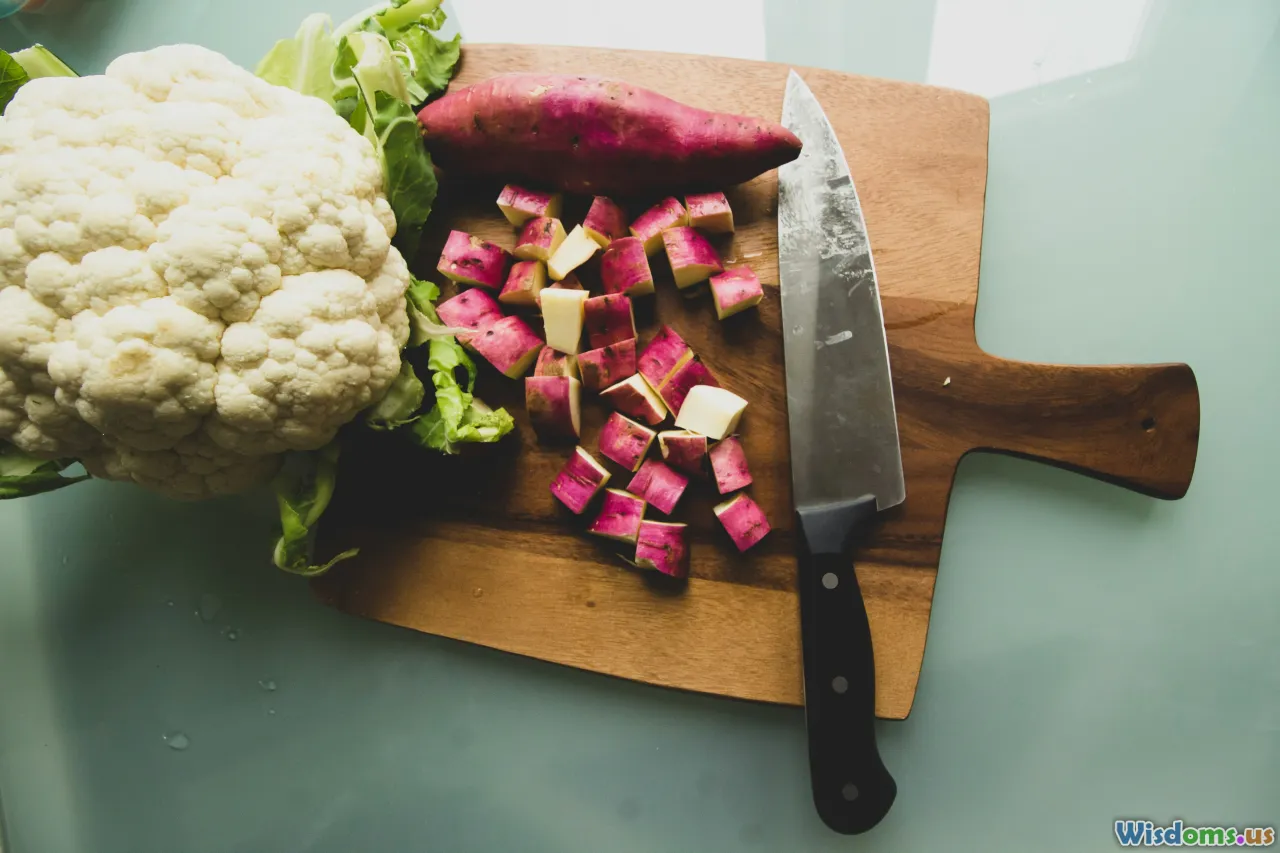
Anyone can feel a little lost at first; avoid these common stumbles for a smooth vegan start:
1. Neglecting Protein
In the rush of new foods, many forget to include a protein source at every meal. Remember, lentils, tempeh, beans, and seitan keep you energized and satiated.
2. Overcomplicating Recipes
New vegans often assume every meal must be elaborate. Instead, start with simple recipes—stir-fries, grain bowls, tacos—and expand as your confidence grows.
3. Ignoring Supplementation
Certain nutrients, like B12, require attention. Taking a reliable supplement or eating fortified foods is a non-negotiable part of a balanced vegan diet.
4. Skipping Meal Planning
Busy schedules demand forethought. A lack of planning typically leads to last-minute, less healthy choices. Allocate just 15 minutes each week to outline your meals and snacks.
5. Trying to Replicate Every Omnivore Favorite
It’s tempting to stock up on vegan replacements for every meat or cheese. While specialty products can ease the transition or offer an occasional treat, focusing on whole, accessible ingredients will save time, cash, and effort.
Affordable Vegan Grocery Shopping: Myths vs. Reality

A common misconception is that vegan diets are inherently expensive. On the contrary, focusing on staple ingredients like beans, grains, potatoes, and in-season vegetables is thrifty by nature.
Price Comparison Example (per serving):
- Chickpea & Tomato Stew: ~$1
- Lentil Soup: ~$0.90
- Homemade Black Bean Burger: ~$1.20
Plant-based proteins are significantly cheaper than dairy or meat per serving. Further, buying dried legumes, large oatmeal bags, and frozen produce means major savings.
Smart shopping isn’t only about cost; it’s about minimizing waste. Planning portions, freezing leftovers, and creatively reusing meal components ensures nothing gets tossed.
Adjusting for Lifestyle & Preferences
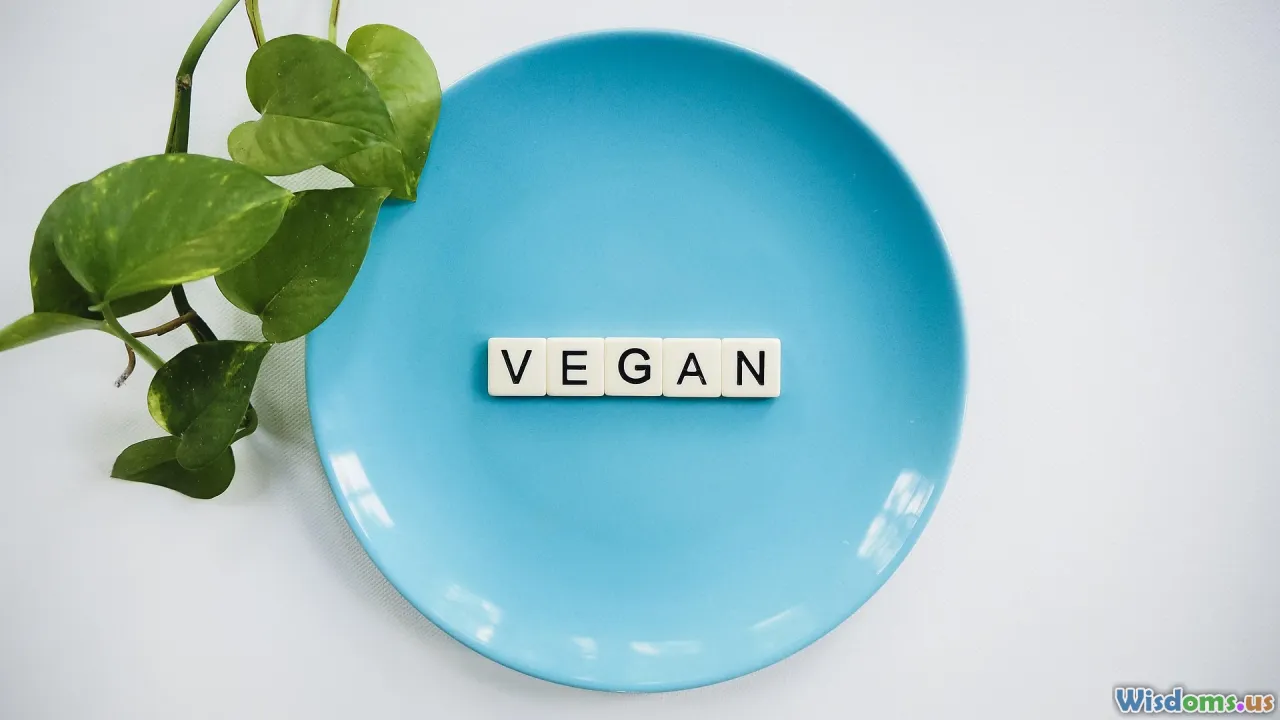
Vegan meal planning isn't one-size-fits-all. Whether you’re a busy student, working parent, or athlete, a vegan diet can suit your needs with some easy personalization:
- For Kids or Families: Try familiar meals (pasta night, stir-fries, tacos) with animal-free swaps. Serve sauces or dressings on the side to accommodate picky eaters.
- Fitness Goals: Higher calorie foods (like banana and peanut butter smoothies, stirred quinoa into soups, extra nuts or seeds) support energy needs.
- Minimalist Approach: Stick to thrice-weekly batch cooks and repeat the same breakfast or lunch for simplicity.
- Eating Out or Social Events: Scout menus online beforehand; look for customizable grain bowls or Mediterranean spots that feature vegan options.
Vegan convenience products (burger patties, sausages, cheeses) can be helpful in moderation, especially at the start or on extra-busy nights.
Making Vegan Eating Effortless in Everyday Life
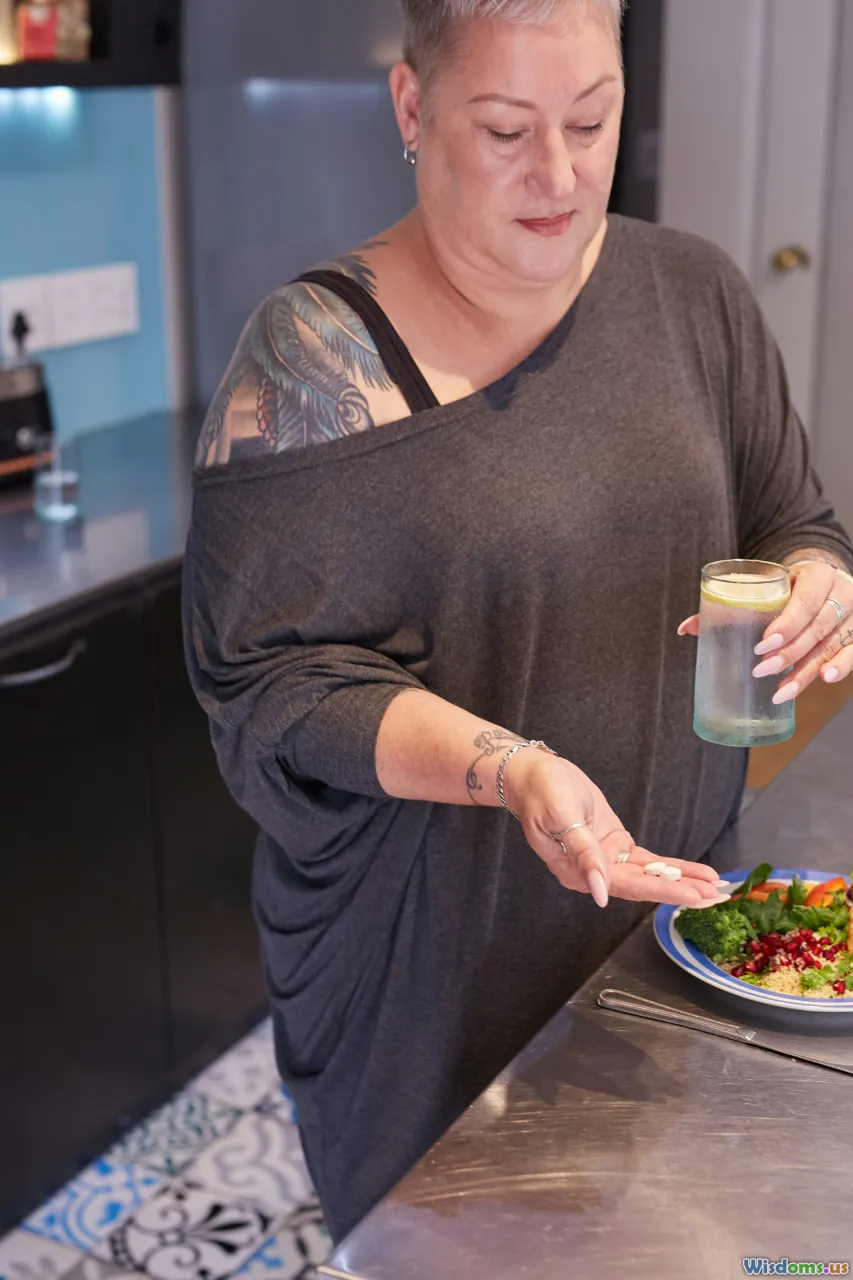
Sustained vegan eating isn’t about strict rules but building habits that suit your unique schedule. Here’s how to keep things simple and satisfying long-term:
- Rotate Favorites: Maintain a base of five "default" go-to meals that you enjoy and can reliably prepare in 15-30 minutes.
- Sauces Are Key: A simple sauce elevates ordinary grains and veggies. Examples: sriracha tahini, peanut sauce, lemon-garlic vinaigrette.
- Embrace Semi-Homemade: Mix store-bought hummus or vegan pesto with cooked veggies over pasta.
- Share the Journey: Involve friends or family—cook or meal prep together to stay motivated and discover new, quick recipes.
By steadily honing your meal planning skills, you save time, reduce stress, and can focus on the ingredients and dishes you love most. Little by little, veganism becomes just another word for eating well—even in the busiest life.
Rate the Post
User Reviews
Popular Posts










